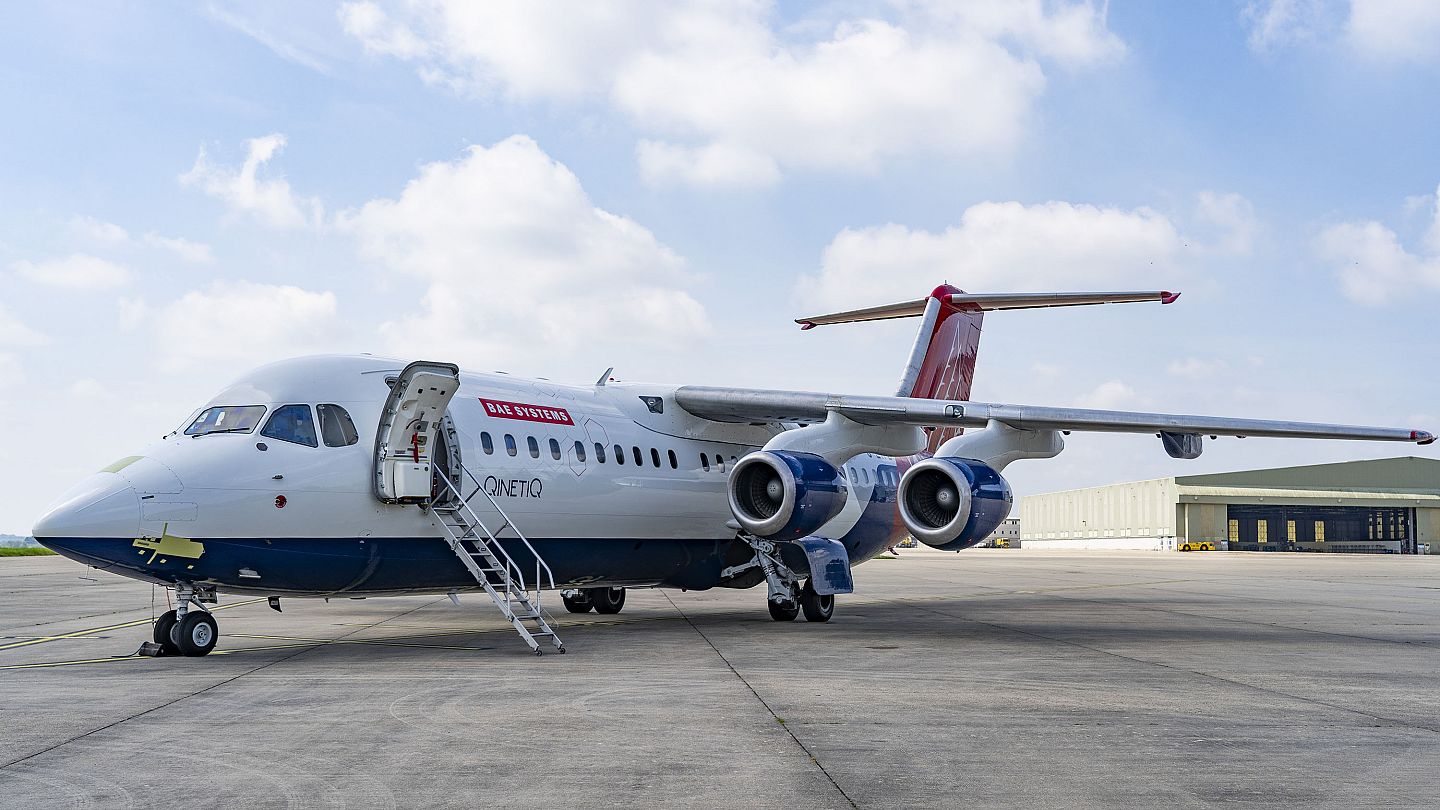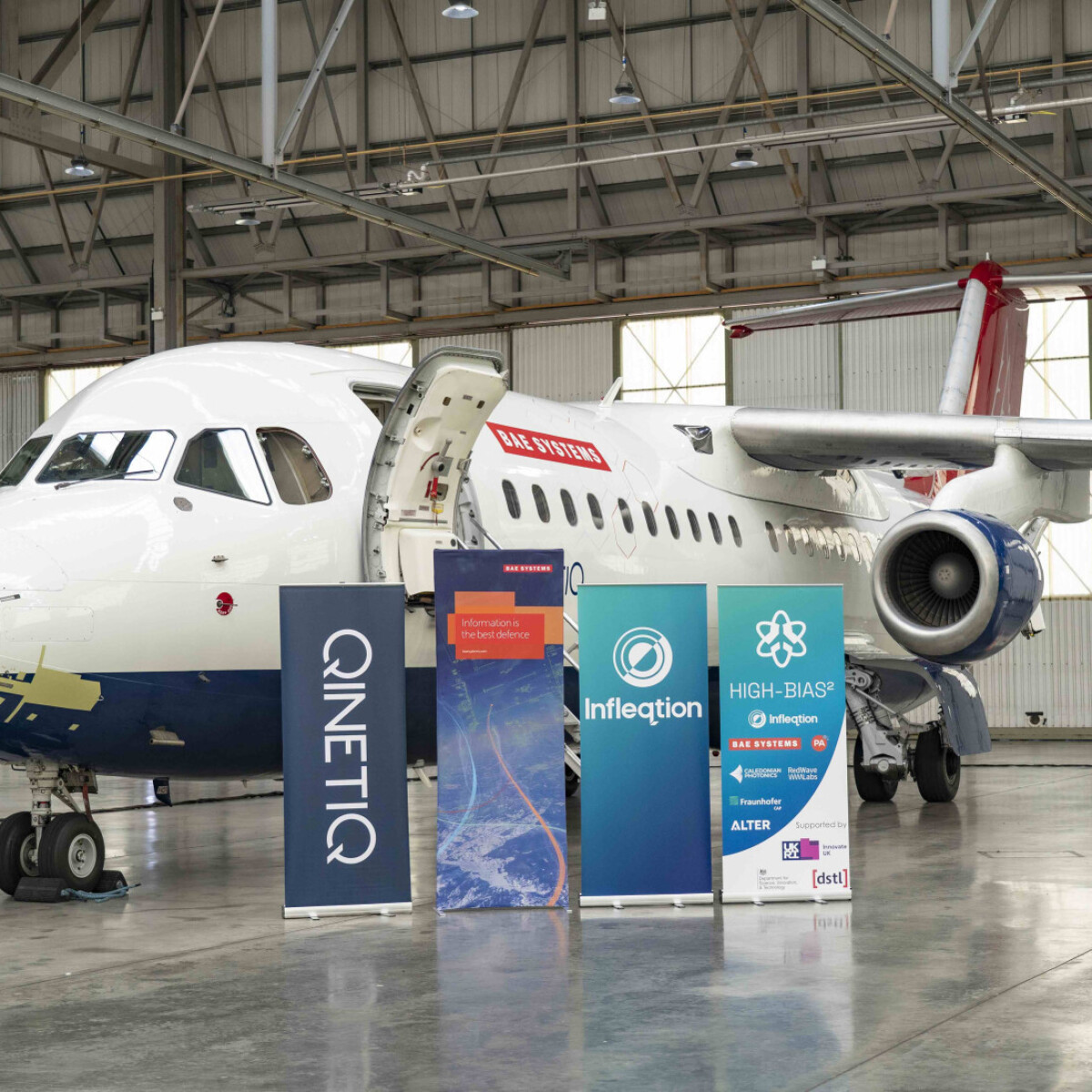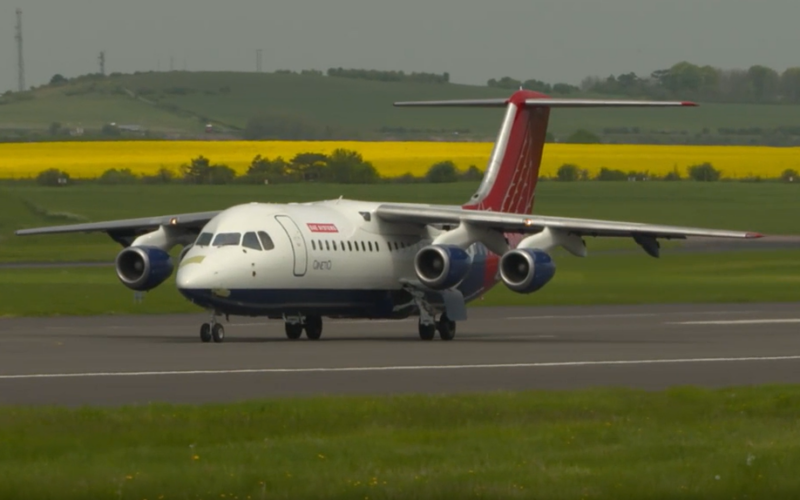
It may sound like something out of science fiction, but navigation using the principles of Quantum Physics (Quantum Technology) is fast becoming a reality. Positioning, Navigation, and Timing (PNT) can increase accuracy by orders of magnitude, revolutionizing navigation across the board. Self-contained Quantum Inertial Navigation Systems (Q-INS) are also impervious to jamming or spoofing by hostile actors.
Quantum Physics 101
The universe is made up of objects. There are classical objects and quantum objects. Quantum objects make up classical objects. Quantum objects are the tiniest things: atoms, ions of atoms, and subatomic particles such as electrons and photons. Quantum physics is the scientific study of these quantum objects and their mechanisms in Quantum Technology.
Quantum objects exist along something called the waveform or wave function waveform. The wave function is the bedrock of quantum mechanics, which describes the behavior of a quantum particle. The quantum particle’s ability to exist in multiple places along the waveform is known as “superposition.”

The wave function is the math that tells us the probability that a quantum object will be in one place or another along its waveform. When a quantum object is located and observed, its precise location is known, and it can no longer be in any of its other possible places along the waveform, which is called the collapse of the wave function. The measurement of changes in this tiny waveform provides the astonishingly accurate measurement of time and distance that makes Q-INS such a ground-breaking development.
The UK Participants
The UK subsidiary Quantum technology firm Infleqtion collaborates with aerospace company BAE Systems and defense tech contractor QinetiQ to create the quantum navigation system.
Infleqtion’s Tiqker optical atomic clock uses the frequency of light emitted or absorbed by atoms as they change energy levels to measure time with incredible precision. The ultra-cold-atom-based quantum system can calculate position based on measurements of inertial forces acting on atoms held in quantum superposition states.

The clocks provide the timing needed for high accuracy and reliability. The accelerometers and gyroscopes of the quantum positioning systems offer independent verification of position and motion. Together, they are the Quantum Inertial Navigation System, or Q-INS.
In-Flight Trials
In concert with the UK Ministry of Defence, the consortium of advanced researchers and industry participants completed commercial flight trials this month. The final test flight occurred on Thursday, May 9, at Boscombe Down, Wiltshire, in QinetiQ’s Airborne Technology Demonstrator, a modified RJ100. Science Minister Andrew Griffith flew aboard the final flight.
These were the first test of flights ever of the ground-breaking technology to have been publicly acknowledged. They result from a £8 million investment from the British government, part of the £2.5 billion National Quantum Strategy and the National Quantum Technologies Program. The ultimate goal is to deploy Q-INS in aircraft by 2030.
“The fact that this technology has flown for the first time in British skies is further proof of the UK as one of the world leaders on quantum,” declared Science Minister Griffith.

Defense Advantage
When INS was developed and implemented in the late 60s and 70s, a key feature was its ability to function without needing external communication. INS relies entirely on onboard components to sense any movement of the airplane - its inertia - from the first movement on the ground. It calculates the aircraft’s position at any point on its journey relative to that starting point. Since INS is entirely independent of anything outside the airplane, the system is resilient in the face of communication disruptions caused by potential disasters below, such as weather, earthquakes, or war destruction.
Though still rare, GPS jamming or interference is a growing concern. The recent solar storms raised concerns over the potential degradation of GPS satellite signals.
More ominously, the alleged recent launch of Russian anti-satellite (ASAT) weaponry makes it a defensive imperative to reduce reliance on a newly vulnerable GPS constellation.

New Frontiers
Q-INS makes ultra-precise navigation available to places where GNSS and GPS cannot reach. Submersible vehicles can employ Q-INS, for example. Underground applications include research and exploration, such as locating water, oil, or mineral deposits. Space navigation can also be enhanced by quantum-based dead reckoning where GNSS and GPS do not function. The fantastic precision of PNT systems will also contribute to much more accurate pathways for self-driving vehicles.
One significant additional advantage for military or civil applications is the longevity of such quantum systems. Whereas classical INS requires recalibration every few months, Q-INS may be able to go years between corrections.
Alaska Airlines and LATAM Formally Dissolve Codeshare Partnership » Lufthansa Technik Unveils Major ACJ318 Elite Upgrade Program » Two Pilots Killed in Tragic Mid-Air Collision Near Hammonton Municipal Airport »
Comments (1)
 john kornblee
We shouldn't be pushing to get rid of the VOR system yet. GPS interference is concerning.
john kornblee
We shouldn't be pushing to get rid of the VOR system yet. GPS interference is concerning.
Add Your Comment
SHARE
TAGS
NEWS GPS Q-INS PNT navigation GNSS Quantum INS Quantum Technology Quantum Computing Global Positioning System Navigation system GPS navigation Satellite Navigation GNSS GPS Quantum Mechanics Quantum PhysicsRECENTLY PUBLISHED
 Emirates A380 Makes Emergency Return to London Heathrow After New Year’s Eve Gear Failure
A high-capacity Emirates Airbus A380-800 was forced to make a precautionary return to London Heathrow Airport (LHR) on the afternoon of December 31, 2025, after encountering a technical malfunction with its landing gear system shortly after departure.
NEWS
READ MORE »
Emirates A380 Makes Emergency Return to London Heathrow After New Year’s Eve Gear Failure
A high-capacity Emirates Airbus A380-800 was forced to make a precautionary return to London Heathrow Airport (LHR) on the afternoon of December 31, 2025, after encountering a technical malfunction with its landing gear system shortly after departure.
NEWS
READ MORE »
 Final Delivery Tally and OEM Tracker
As the curtain falls on 2025, the global aerospace manufacturing sector has navigated a year defined by aggressive production ramps, persistent supply chain "choke points," and a significant shift in the competitive duopoly. While Airbus once again secured the top spot for total deliveries, Boeing closed the year with a resurgent order book and a stabilised production line that signalled the end of its multi-year "bridge" phase.
INFORMATIONAL
READ MORE »
Final Delivery Tally and OEM Tracker
As the curtain falls on 2025, the global aerospace manufacturing sector has navigated a year defined by aggressive production ramps, persistent supply chain "choke points," and a significant shift in the competitive duopoly. While Airbus once again secured the top spot for total deliveries, Boeing closed the year with a resurgent order book and a stabilised production line that signalled the end of its multi-year "bridge" phase.
INFORMATIONAL
READ MORE »
 ATC ‘Keep Your Speed Up’ Instruction Preceded United 737 MAX 8 Houston Runway Excursion
Freshly released investigative documents from the National Transportation Safety Board (NTSB) have shed new light on the March 8, 2024, runway excursion involving a United Airlines Boeing 737 MAX 8. The report highlights a critical sequence of events in which Air Traffic Control (ATC) instructions, the pilot's perception of runway conditions, and a high-speed exit manoeuvre converged to send the aircraft into the grass at George Bush Intercontinental Airport (IAH).
INFORMATIONAL
READ MORE »
ATC ‘Keep Your Speed Up’ Instruction Preceded United 737 MAX 8 Houston Runway Excursion
Freshly released investigative documents from the National Transportation Safety Board (NTSB) have shed new light on the March 8, 2024, runway excursion involving a United Airlines Boeing 737 MAX 8. The report highlights a critical sequence of events in which Air Traffic Control (ATC) instructions, the pilot's perception of runway conditions, and a high-speed exit manoeuvre converged to send the aircraft into the grass at George Bush Intercontinental Airport (IAH).
INFORMATIONAL
READ MORE »



